
Custom-made post and core - part II: fabrication of direct resin core using special mold
Mohamed Abdelmageed Awad1,2
Regret for the inconvenience: we are taking measures to prevent fraudulent form submissions by extractors and page crawlers. Please type the correct Captcha word to see email ID.

1Fixed Prosthodontic Department, Faculty of Dentistry, Tanta University, Egypt
2Fixed Prosthodontic Division, Faculty of Dentistry, King Abdulaziz University, KSA
Correspondence: Mohamed Abdelmageed Awad, Fixed Prosthodontic Department, Faculty of Dentistry, Tanta University, Post Code 33111; Tanta, Egypt, Tel 2-01003836121
Received: May 27, 2014 | Published: July 17, 2014
Citation: Awad MA. Custom-made post and core - part II: fabrication of direct resin core using special mold. J Dent Health Oral Disord Ther. 2014;1(3):57-59. DOI: 10.15406/jdhodt.2014.01.00014
Download PDF
Abstract
This technique is described to facilitate fabrication of custom made cores with 6 degree tapers of opposing axial walls quickly and easily. This is achieved by fabrication of pre-formed cellulose acetate or thermoplastic molds with different sizes and shapes to suit prepared anterior and posterior teeth.
Text
Quick fabrication and adjustment of resin cores connected to custom-made posts saves time and effort for the fixed prosthodontic clinician. Retention of an overlying crown is mainly achieved by parallel opposing axial prepared walls. Achieving this parallelism or even a 6 degree taper for maximum retention of a crown without undercuts may be difficult to achieve.
Procedure
After the post space has been prepared, the remaining coronal tooth structure is reduced for the extracoronal restoration as though it was undamaged. If a porcelain fused to metal restoration is planned, a facial shoulder and lingual chamfer finish line is prepared giving adequate reduction labially for good esthetics.
- Remove internal and external undercuts that will prevent withdrawal of the pattern.
- Remove any unsupported tooth structure i.e. the wall height should not exceed one and half times the wall thickness to prevent its fracture. Also the part of the remaining coronal tissue must be prepared perpendicular to the post to prevent overseating and splitting of the tooth.
- Complete the preparation by eliminating sharp angles and establishing a smooth finish line.
- Lubricate the canal, notch a loose fitting plastic dowel and fabricate the direct custom-made post using autopolymerizing resin (Pattern resin, GC Europe, NV, Interleuvenlaan 13, B-3001 Leuven, Belgium). The post pattern should be passively inserted into the canal.1
- Trim the extruded part of plastic post until the trimmed portion protrudes about 1.5 to 2mm into the pulp chamber (Figure 1).
- Choose the suitable shape of preformed cellulose acetate or thermoplastic molds constructed to suit the prepared anterior and posterior teeth either upper or lower, with a 6 degree taper of opposing axial walls to maximize the retention of the fabricated crown later on. This maximum retention is important in cases with limited interocclusal space.
- B. Some preformed molds are available in the market to buildup composite cores as Build-It kit (Jeneric/Pentron, Wallingford, CT 06492, USA) (Figure 2) but one needs to increase the sizes and modify the shapes.
- Check the selected mold over the trimmed extruded part of plastic post (Figure 3), being sure there is enough space between the plastic post and the fitting surface of mold. If not, trim the plastic post until enough space is obtained.
- Mix an auto-polymerizing resin powder and liquid or syringe a light polymerized resin and load a suitable amount into the selected mold trying to reduce entrapment of air bubbles (Figure 4). Insert the filled mold over the extruded part of plastic post (Figure 5).
- After polymerization of the resin, trim the excess resin around the margins (Figure 6), separate and remove the external mold.
- Remove the custom-made post and core from the canal and send it to be casted (Figure 7).
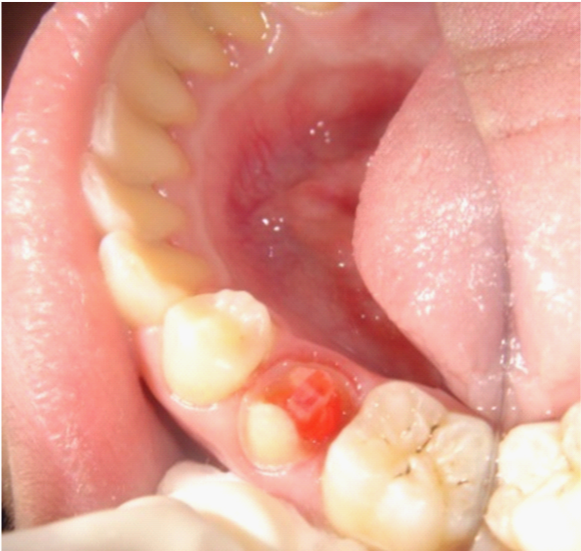
Figure 1 The plastic post is trimmed 1.5-2 mm protruded into the pulp chamber.

Figure 2 Preformed molds available in the market to build-up composite core.
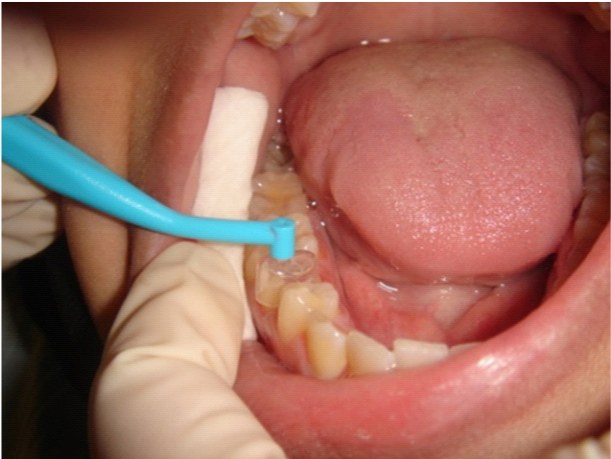
Figure 3 Select the suitable size of preformed mold.
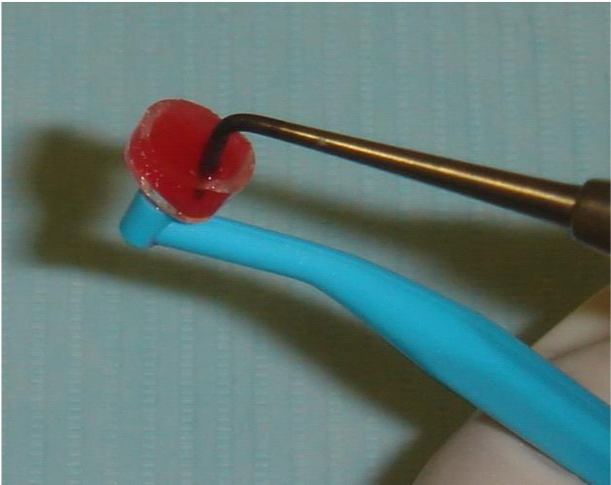
Figure 4 Try to reduce entrapped air bubbles into mixed auto-polymerizing resin.

Figure 5 Insert filled mold over the extruded part of plastic post.
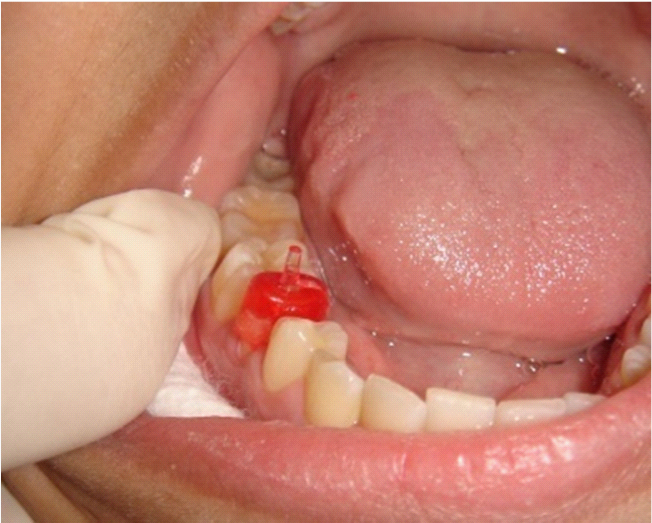
Figure 6 Trim the excess resin around the margin.
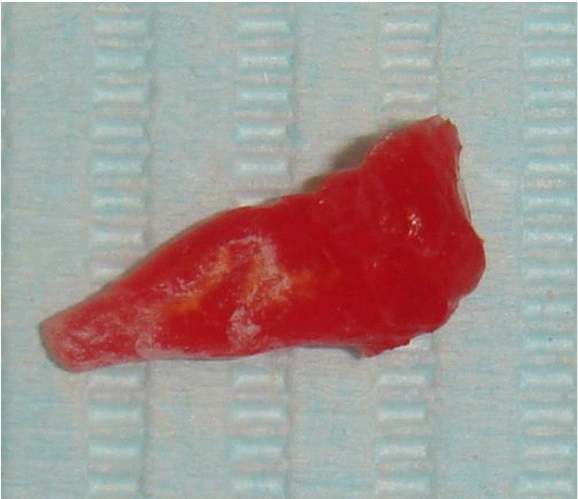
Figure 7 Auto-polymerizing resin ready to be cast.
Acknowledgements
Conflict of interest
The author declares that there is no conflict of interest.
References
- Rosenstiel SF, Land MF, Fujimoto J. Contemporary fixed prosthodontics. 4th ed. St. Louis, Mosby;2006:348−370.

©2014 Awad. This is an open access article distributed under the terms of the,
which
permits unrestricted use, distribution, and build upon your work non-commercially.


